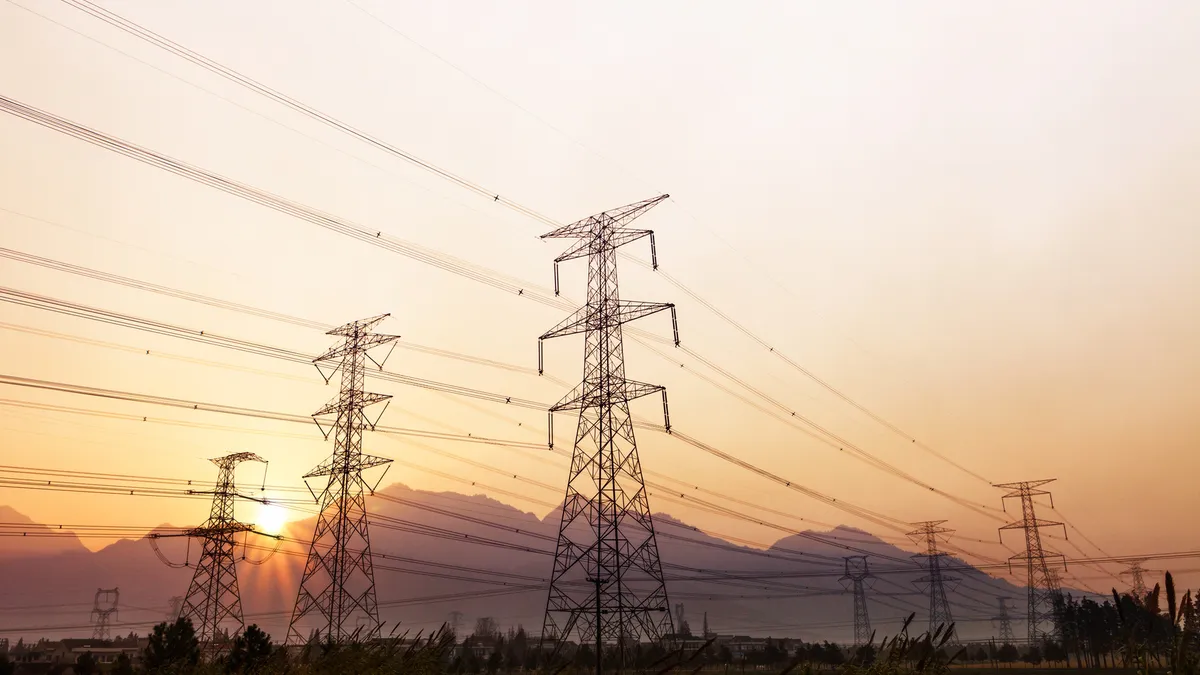Dive Brief:
- The U.S. Department of Energy's Office of Electricity Delivery and Energy Reliability (OE) has announced roughly $900,000 in funding for research at three universities, focused on wholesale markets and transmission design with an eye towards reducing risks to the grid.
- DOE will award Virginia Polytechnic Institute and State University more than $350,000 to develop a probability-based model for cost-effective renewables integration.
- The University of Utah and Pennsylvania State University were also tapped for research grants, focusing respectively on transmission planning algorithms and flexible scheduling models.
Dive Insight:
DOE says the new research will focus on three areas that are "transforming electricity markets" — wholesale market operations, transmission system design, and demand-side participation.
A year ago, through the same funding mechanism, the office awarded nearly $1.8 million to five academic institutions in California, Iowa, New York and Texas. Patricia Hoffman, acting assistant secretary for OE, wrote that the funding "is another important step in helping to ensure the reliable, resilient efficient, and secure delivery of electricity to America’s businesses and consumers."
The early-stage research is largely focused on algorithmic solutions and mathematical foundations.
At Pennsylvania State University, Hoffman explained, researchers will focus on a computational method for "solving the optimal transmission plan under uncertainty in future generation with multiple decision periods applied to a large power system network."
The end result of the project is hoped to be a reduction in the computation time required to solve for the best high-voltage transmission lines to add to the existing grid, when the location of future renewable energy is unknown.
At the University of Utah, researchers will work on mathematical foundations, implementation practices, and models for performing "stochastic continuous-time unit commitment" in the operation of wholesale markets.
Virginia Tech's project will seek to develop a production costing tool that can account for the variability of solar arrays and wind farms, "and treat them as generation candidates in a power system expansion plan, unlike the current practice of using them as negative loads."














